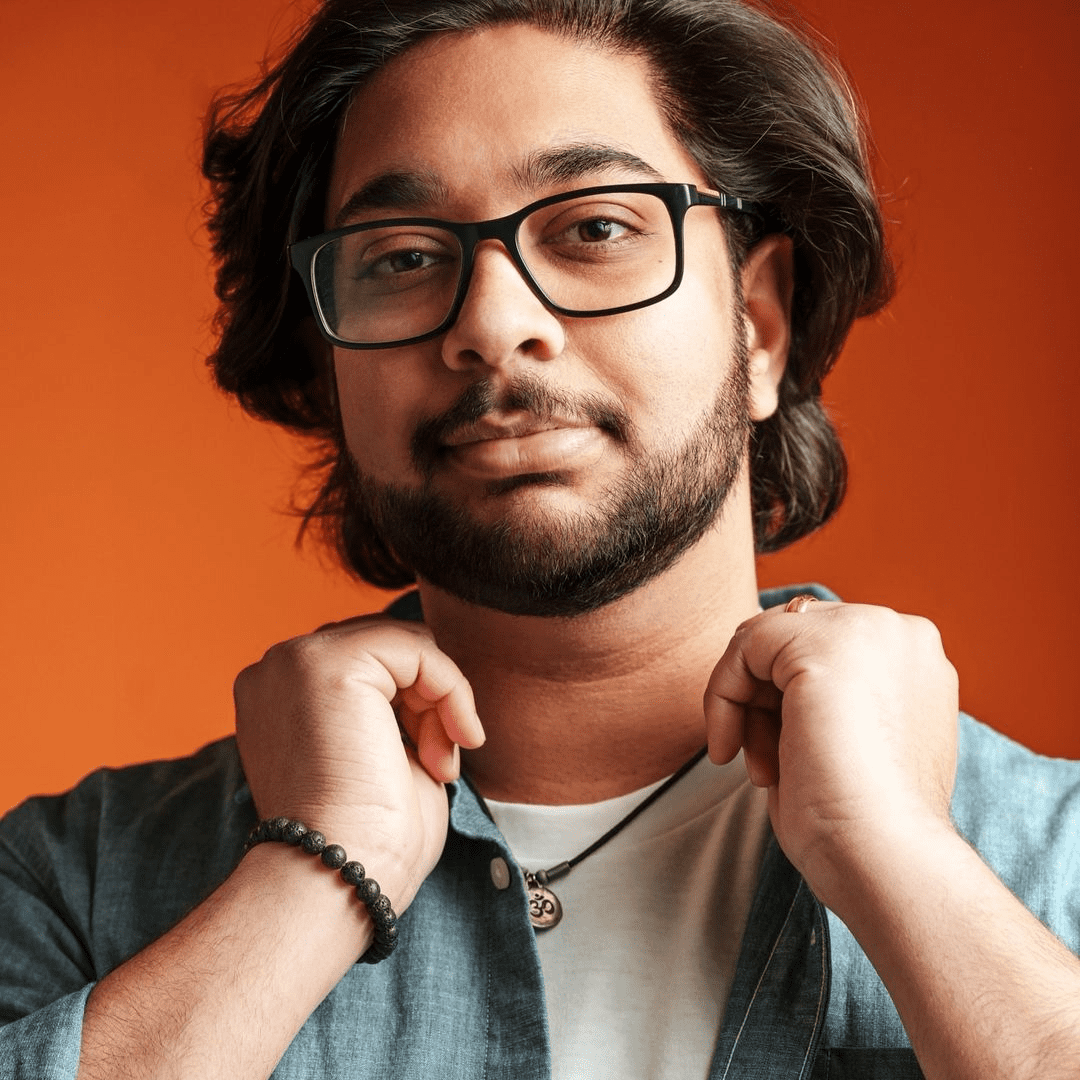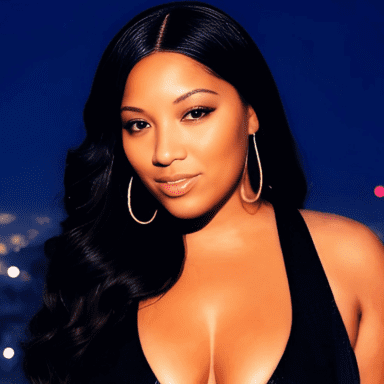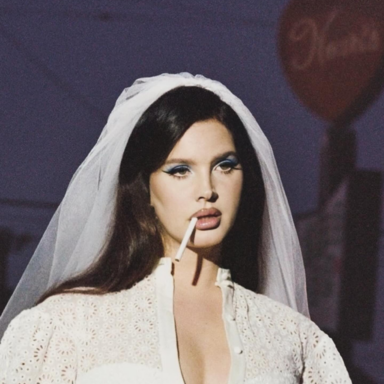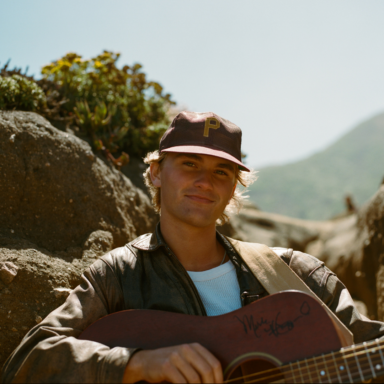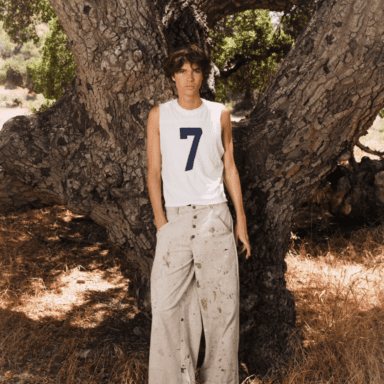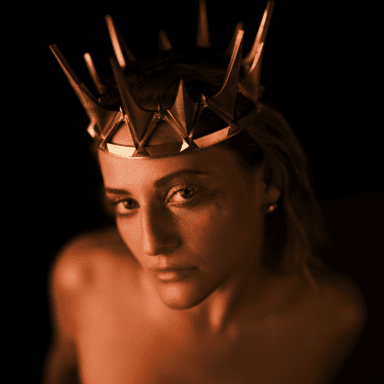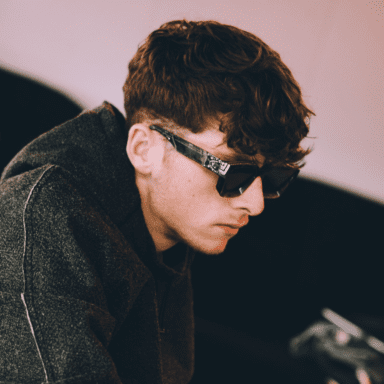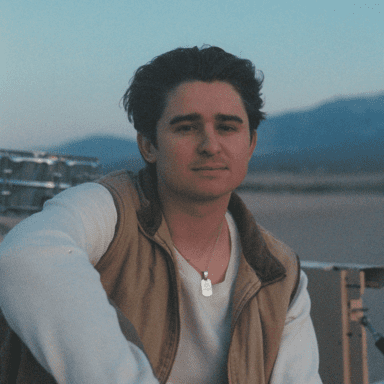Today, we’re thrilled to introduce Varun Sheel, an emerging indie pop artist whose latest single, “More than Friends,” beautifully captures the complexities of relationships with a touch of nostalgia. Growing up immersed in a rich blend of musical traditions, Varun’s soulful storytelling and evocative melodies create a sound that’s both fresh and timeless. Join us as we delve into his journey, the inspiration behind his music, and what makes “More than Friends” a standout track in the indie pop scene today.
Pop Cultr: “More than Friends” features a unique blend of contemporary pop and classical Indian music. What inspired you to combine these genres for this single?
Varun Sheel: I think rather than it being a conscientious choice, it’s who I am. I’m a second-generation Indian American that was born and raised in the US, but I was also exposed to south asian culture every single day. Whether it was listening to my dad sing Jagjit Singh songs as a child, or going to Boston Calling one weekend and then coming home and watching Indian Idol, every day of my life combines these genres. When I make music, it’s important to me that I be honest in who I am and thankfully, that doesn’t really require much thought. It’s innate.
Pop Cultr: Can you walk us through your creative process for “More than Friends”?
Varun Sheel: I wrote the initial draft of “More Than Friends” in 2022. I remember sitting on my futon, my electric guitar in hand, and all I had playing over and over on a loop pedal was that guitar riff—the one the song starts with—and I was sitting and struggling to figure out what to do with it. It took me days—almost a couple of weeks—because it’s not a very straightforward melody. I’m very much a storyteller first in my songs and that guitar loop—it’s happy, yes, but it’s also complex. It’s contemplative, it’s pensive, and it’s exciting. It’s all of these things but at the same time, it feels so simple. The same 6-7 notes on repeat. And, I think this threw me off quite a bit. The story that this song was going to tell, it couldn’t really be a binary one and it was hard to think of situations or stories that really embodied all of those characteristics together.
Days went by and I would come back to that same futon, mumbling different lyrics and eventually I sang what went on to become what I feel is the hook: “These days are so long without you, and I can’t let go”. And I immediately smiled, I was like, “Okay, we’re getting somewhere… but what can’t I let go of?” And then…I totally lost my place and nothing more happened with the song for a couple of months. It sat on the back burner while I recorded other tracks. But that hook was this reprisal melody that I kept trying to stuff into everything and it never worked.
It wasn’t until about April of that year, when I was now engaged, that life was moving on and I found myself watching a lot of 80s-themed shows and movies with my friends and family. Things like Stranger Things and IT. And I saw those kids in both pieces, riding their bikes around their town, saving the world and vanquishing evil, all while exploring their interpersonal relationships and it kind of just clicked for me. Navigating friendships and romances now is complex, sure. But back then, it also had a simplicity to it. So I decided to simplify my guitar loop to its roots and chords. I strummed each chord and the line “I think we should be more than friends” came out next.
I very much believe a song should be what it wants to be, not necessarily what you want it to be and I felt that we had finally hit that. I knew that this song wanted to be happy, pensive, complex and simple all at the same time and telling the story of two friends who went through the motions of expressing and eventually accepting their feelings for each other did exactly that. After that point, everything came out in a span of 30 minutes. The first verse tells the story of one person deciding to tell the other how they feel in the summer. The second half of that verse functions as a call and response where that person lays awake at night thinking about what was said to them, but also acknowledging that they feel the same way with the pre chorus “these days are so long without you…”. The second verse comes in that same night from the same point of view and acknowledges the excitement that they feel but also accepts that they want the same thing. The pre chorus repeats and the chorus repeats driving home that acceptance more positively now and for the bridge I knew I wanted to bring back that meditative feeling the guitar loop provides before tying it all together at the end.
When the song was written, at this point it was actually a slow ballad (a product of simplifying the song down to chords during the songwriting process). That expressed the meanings of the words well but it didn’t paint the visual picture I had in mind for this experience. It was much slower because I was writing to individual chords, so when I went into the studio to record, I knew I wanted to bring things back to that vision of those kids riding their bikes around the neighbourhood in the 80s. We upped the tempo, we tracked that guitar loop from the beginning, we threw on this 80s style happy beat but remade it with contemporary drum sounds so it still had that grounding and modern produced feel and I knew we had something good, but it wasn’t quite there yet. I thought of things that reminded me of music from that era and I thought of the synthesiser from A-ha’s “Take on Me” and compressed drum sounds like that of Phill Collins and when we added those, I knew we had something special. It was memorable, it was reminiscent, it was simple and it tackled these meditatively complex feelings all at the same time.
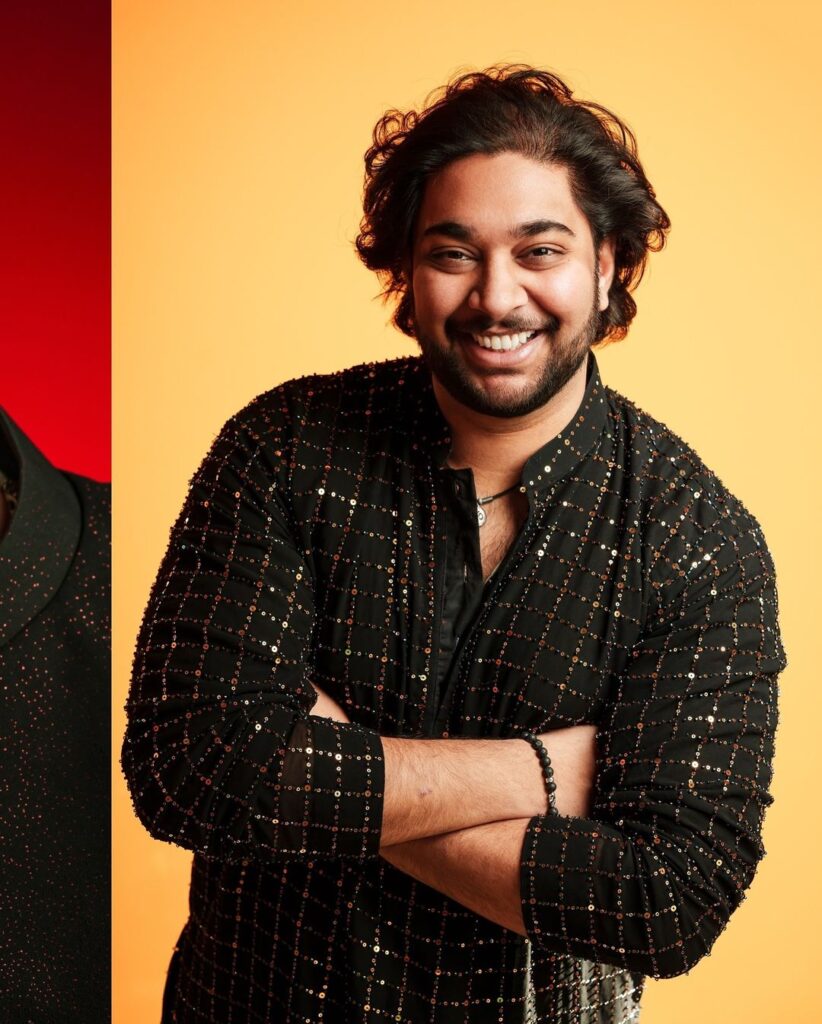
Pop Cultr: What specific challenges did you face in merging these distinct musical traditions, and how did you overcome them in this track?
Varun Sheel: While it wasn’t an active choice to fuse my background into this song, a lot of the melody used in the verses and the bridge actually was influenced by my exploration of ragas at the time. I was getting ready to sing at my wedding and was working with my vocal teacher on a hindi song. It was an MTV Unplugged version of “Phir Mohabbat,” sung by Arijit Singh. To prep for the runs that Arijit does in the song, my teacher was actually using different ragas as warm ups so I could become familiar with the turnarounds and smaller tonal differences used in South Asian songs. My dad is a hindustani classical singer and I’ve been surrounded by this since I was a child, but it wasn’t really until I started working on these ragas as an adult that my father and I began chatting about the differences between eastern and western music, the different modes that exist for western scales and the complexities of finding “grace notes” in those modes that could be used for different melodies and runs. We talked about how different ragas are meant to be sung at different times and they’re used to evoke emotions that are much more complex than a simple feeling of happiness or sadness. And in order to make you feel this, raags already have their grace notes predefined. This made me realise that I could use raags in my own music to help push a story further. Specifically for ‘more than friends’ I used Vachaspati.
Pop Cultr: Are there any particular artists or musical traditions, both Western and Indian, that you drew inspiration from while creating this song?
Varun Sheel: I think it’s been a great few years for indie pop. Acts like Tai Verdes with his honest lyrics or Quinn XCII with his bouncy beats definitely influenced me here, but there are also other influences I had during my production and in my vocal choices. Phil Collins, A ha and Tears for Fears were all used as inspirational sounds for the instrumental, while my vocal delivery is definitely influenced by south asian vocalists such as Sonu Nigam and Ali Noor.
Pop Cultr: Was “More Than Friends” inspired by any real-life events?
Varun Sheel: Of course! We’ve all been there in the friendzone and thought about if it could be more, thankfully, when I told my wife I wanted to be “more than friends” she felt the same way.
Pop Cultr: The line “Silent skies and tender sighs, Raging past the butterflies” is both poetic and vivid. How did you come up with this imagery, and what does it signify about the relationship in the song?
Varun Sheel: I think in a lot of my music you’ll find references to skies or stars. Another aspect of who I am is an avid astrophotographer under the alias Chaitography. I’ve always been that kid who stared up at the stars in wonder and at 29 years old, I’m 100% still that kid. In this context, I think that background definitely came into play. For the first half of this line, “Silent skies and tender sighs,” I wanted to focus on the night the main character was told their friend wanted to be more. I thought of them lying in bed, looking out their window, up at the stars and feeling that sigh of relief that I always feel. Because I’m reminded that there’s so much more out there beyond us, and in turn, my problems seem really small. For the second half of the line, “Raging past the butterflies”, it’s exciting when your crush tells you they want to pursue more with you. But it’s also scary, and nerve racking. This line focuses on overcoming those butterflies in your stomach and ends with the next line where I sing with intentional confidence, “I know, this is all I want in life.”:
Pop Cultr: How do you see the role of cultural fusion evolving in your future work? Do you have any specific directions or collaborations in mind?
Varun Sheel: For me, cultural fusion isn’t an active decision; it’s who I am. Whether I mean it or not, I’ll always add little riffs or run, or try to draw influences from both eastern and western music. In terms of collaborations, there are so many fantastic artists that I would love to work with. I love Hozier’s songwriting and lyrics and would not only cherish the opportunity to sing with him but also the opportunity to learn from him. There’s a video I did in the past covering Coldplay’s “The Scientist” and mixing it with a Hindustani classical version of Atif Aslam’s “Jeena Jeena”. I did this with Siddhartha Belmannu. He’s a fantastic singer, a warm person and a wonderful friend. I would love nothing more than to work with him in a professional setting and share our success.
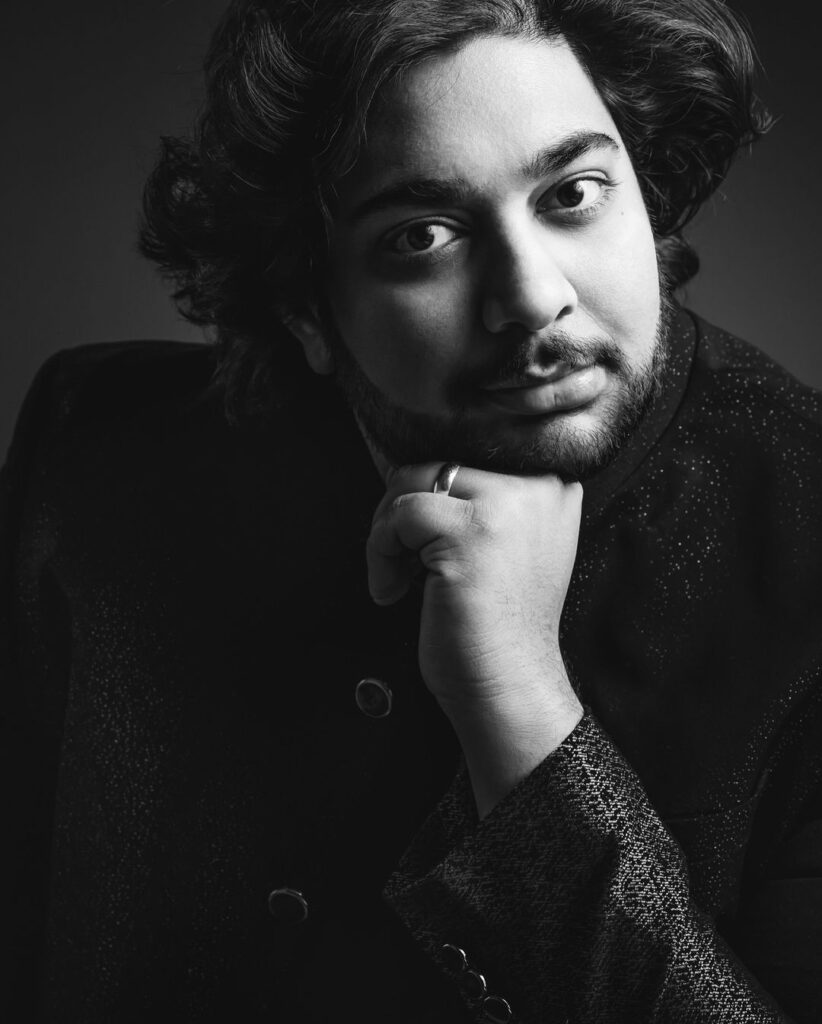
Pop Cultr: Finally, is there a message you’d like to share with your fans and listeners about the journey behind “More than Friends”?
Varun Sheel: I wrote this song right when the world was opening up after COVID. I think at the time I was in such a rush to get back to normalcy like the rest of us that I ended up freezing when I came to writing this song. It took me almost two years to get back to it and to get to this point and I’m so glad it did. Some things have to take their time and you can’t brute force it. It may be frustrating at times, but at the end of it all I’m so excited to finally share it with you all.
Now, Let’s Talk About You
Pop Cultr: I’m always curious about a musician’s journey; do you remember when you first started singing/interested in music?
Varun Sheel: Honestly, this feels like a fever dream but I remember watching a bollywood movie called “Pyaar Kiya To Darna Kya” when I was like 3 or 4. And in that movie, there was a song where they introduce the hero of the movie, played by Salman Khan called “Oh Oh Jane Jaana” and maaaaan. I thought that was the COOLEST THING EVER. That man came out strapped with a guitar, shirtless, jacked, the crowd went nuts and I was DONE. From then on I always sang and I wanted nothing more than to play the guitar. I was obsessed.
Pop Cultr: Growing up in a musically inclined family, what are some of the most significant lessons or pieces of advice you received from your parents? How have these influenced your approach to music?
Varun Sheel: I think there’s two specific things my parents would tell me that really define who I am today as an artist. The first is “Music is sacred”. I was always taught that the ability to play music, sing, or do whatever is a gift and that this gift should never be abused or wasted. It should be fed and nourished like a fire and if you do that, it’ll keep you warm and hopeful, even when things are dark and cold outside.
The second thing they would say more so applies to my lyrics but it’s something I try to adopt in not only my music but my everyday life. “It’s not what you say, it’s not even what you do that people will remember. It’s how you made them feel.” I truly feel that music shouldn’t just be a transitory experience for the listener; instead, it should tell a distinct story that takes you on a journey and makes you feel something. At the end of the day, yeah, the melody’s catchy, but you keep coming back not because of the raw combination of notes, but because of how they made you feel.

Pop Cultr: Outside of music, what are some of your other passions or hobbies that influence or complement your musical creativity?
Varun Sheel: My wife calls me a renaissance man and I’m fairly confident she’s mocking me but I kind of love to do everything and I’m a giant nerd at heart. I’m a scientist. I have a graduate degree in Molecular and Cellular biology with a focus in Programmed Cell Death, Apoptosis and Microscopy. I love cooking and making fine dining dishes at home. I love photography and exploring the wilderness, specifically astro and landscape photography (you can find my work on Instagram under Chaitography). I love board games and I have been a DM for multiple Dungeons and Dragons campaigns with friends for the better part of the last decade. I think all of these things are very creative, visual pursuits that constantly feed into each other. The creative visions I have for my photos, let me paint visual pictures for my players in DnD and the language used here only enhances my ability to craft poetic lyrics and be particular about my phrasing.
Pop Cultr: What does success mean to you as an artist?
Varun Sheel: Success to me would mean that I’m in a position where I’m consistently creating music that:
1. I’m proud of and would add to my own library if I were the listener.
2. Positively impacts and inspires others. “It’s not what you say; it’s not even what you do that people will remember. It’s how you made them feel.”
Pop Cultr: In your own words, how would you describe the music that you typically create?
Varun Sheel: It’s catchy, it’s lyrically honest and it’s meant to be emotionally evocative. From a melodic standpoint, I love reprises. I love those melodies that you can hear days, months, years later and you know exactly where it’s from. For example, if you’re familiar with the musical “Oklahoma”, you could hear the melody for “Oh What a Beautiful Morning” right now and you would know exactly what it’s from. I think this is not only powerful, but it’s incredibly special. It’s timeless, it’s memorable and it speaks volumes.
As I release music, you’ll see a variety of different stories and emotions being told and expressed. Love songs, break up songs, songs about pressure, and songs about yearning. I think instead of trying to lock into one particular feeling, the music you’ll hear is very honest; it’s very intimate and it should take you with it on that emotional journey.
Pop Cultr: What’s one thing you wish people knew about you that they might not glean from your music or public persona?
Varun Sheel: I’m shocked, humbled and so thankful for all of you and the love you’ve been giving. There are videos of children singing the pre-chorus, comments of how the song has inspired others to tell “that friend” how they feel and it’s incredibly overwhelming and special. You have my promise that I will strive to do my very best and continue to make you all proud.
